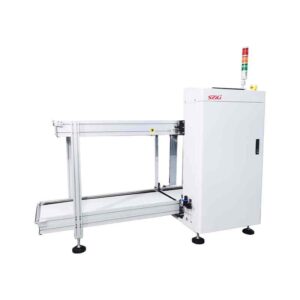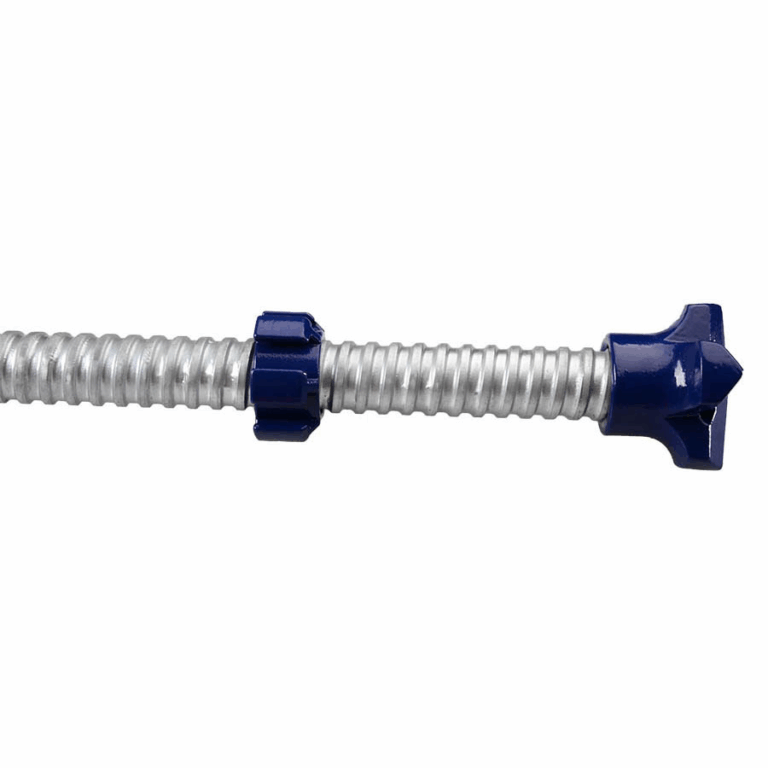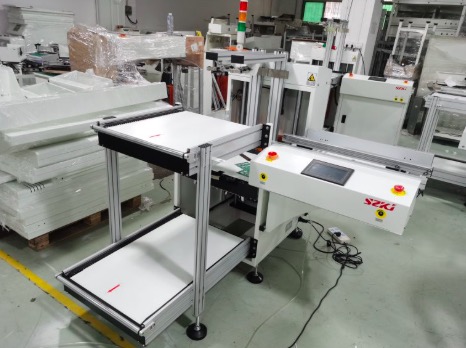Selecting the right SMT products is a critical step for any electronics manufacturer aiming to ensure production reliability, efficiency, and consistent performance. Whether you’re building consumer electronics, industrial control systems, or automotive modules, the quality of your surface mount technology components and equipment directly affects the outcome of your entire assembly line.
With an increasing number of vendors and variations in market standards, navigating the landscape of SMT offerings can be complex. This article provides a structured, professional guide to help procurement teams, engineers, and operations managers make informed decisions when sourcing SMT products.
Understand What Defines Quality in SMT Products
Before diving into specific selection criteria, it's important to define what “quality” means in the context of SMT products. Quality is not only about component durability or machine precision—it encompasses performance stability, material reliability, ease of integration, and supplier support.
High-quality SMT products enable:
-
Accurate placement of components on PCBs
-
Stable reflow soldering without defects
-
Low maintenance during continuous operation
-
Minimal error rates and high production throughput
Recognizing these baseline expectations sets the foundation for evaluating potential suppliers and product lines.
Evaluate Key Criteria When Choosing SMT Products
To ensure long-term value and optimal production output, several factors should be examined closely. The following points outline what to look for when selecting SMT products:
1. Component Compatibility and Specifications
Each PCB design comes with unique requirements. Ensure the SMT components and machines you select meet the necessary technical specifications:
-
Component sizes and packaging types
-
Placement speed and accuracy tolerances
-
Feeder and nozzle compatibility for placement machines
-
Compatibility with standard solder paste profiles
Choosing SMT products that are not properly matched to your application increases the likelihood of defects, misalignment, or rework.
2. Build Quality and Materials
High-quality materials reduce the risk of wear, corrosion, and unexpected failure. When evaluating SMT placement machines, solder printers, or reflow ovens, check for:
-
Rigid structural designs with reinforced frames
-
Precision motors and alignment systems
-
Anti-static and corrosion-resistant surfaces
Likewise, SMT components (e.g., resistors, capacitors, ICs) should meet IPC standards and offer traceability through batch numbers and material certifications.
3. Supplier Reputation and Support Services
Your choice of supplier matters just as much as the product itself. Reliable suppliers offer:
-
Consistent product quality across batches
-
Timely technical support and training services
-
Spare parts availability and repair capabilities
-
Certifications such as ISO 9001 or IATF 16949
A supplier’s ability to offer post-sale support and respond to operational issues quickly will directly impact your production uptime.
Advantages of Sourcing Quality SMT Products
Working with trusted SMT products has a measurable impact on both production and business performance. Here are some advantages that extend beyond simple product specs:
-
Reduced Downtime: Fewer malfunctions or part failures lead to uninterrupted operations.
-
Improved First-Pass Yield (FPY): High-quality products reduce rework, improving output quality and speed.
-
Lower Total Cost of Ownership: While initial costs may be higher, quality SMT equipment and components often deliver better long-term ROI.
-
Scalability: Reliable systems support line expansion, higher throughput, and product diversification without reconfiguring core equipment.
These benefits become especially critical for industries with tight delivery schedules or demanding quality requirements, such as medical devices, automotive electronics, and aerospace systems.
Common Pitfalls to Avoid When Buying SMT Products
While price, availability, and marketing materials may tempt quick decisions, they can sometimes obscure critical flaws. Avoid the following mistakes when evaluating SMT products:
-
Over-prioritizing cost: Cheaper products often lack durability or produce inconsistent results.
-
Ignoring long-term support: Lack of parts, training, or warranty services can cripple operations during machine failure.
-
Purchasing from unverified sources: Unauthorized distributors may sell substandard or counterfeit SMT components.
-
Skipping in-house testing: Always perform compatibility checks before full-scale implementation to verify performance claims.
Taking the time to verify all specifications and supplier credentials helps safeguard your production line from future complications.
The Role of SMT Products in Smart Manufacturing Environments
As factories evolve toward smarter, data-driven systems, the quality of SMT products becomes even more important. Equipment with IoT connectivity, predictive maintenance features, and real-time analytics allows manufacturers to:
-
Monitor placement accuracy and machine health
-
Track component usage and inventory in real time
-
Integrate seamlessly with MES and ERP platforms
Investing in modern SMT products that support Industry 4.0 principles can future-proof your operation and enable better decision-making based on live data insights.
Recommendations for Selecting the Right SMT Partner
Identifying the right SMT partner is about more than product delivery. Look for companies that offer:
-
On-site installation and training
-
Customization services for specific line requirements
-
Firmware updates and software support
-
Clear documentation and traceability systems
Additionally, partners that maintain an active R&D pipeline tend to offer more innovative solutions, ensuring that your SMT products can evolve with your business needs.
Final Thoughts
The success of your electronics manufacturing operation heavily depends on the quality and reliability of your SMT products. From accurate component placement to seamless machine integration, every element contributes to the overall performance of your production line.
Choosing quality SMT products means looking beyond initial price points and focusing on long-term operational value, component compatibility, and supplier accountability. By applying a structured evaluation process and working with trusted partners, you can reduce risk, boost efficiency, and maintain the high standards today’s electronics market demands.
Whether you’re upgrading an existing SMT line or setting up a new one, making smart, informed decisions now will position your facility for growth and stability well into the future.
1





